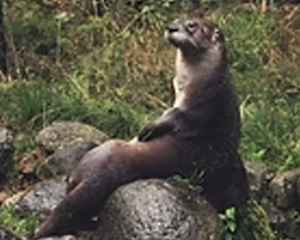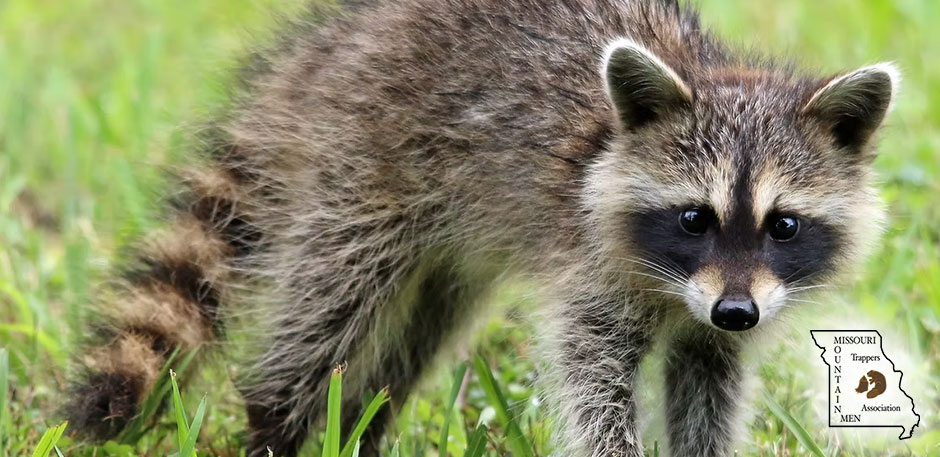Otter - Commonly Trapped Furbearer
UTILIZING OUR ABUNDANT MISSOURI WILDLIFE

North American River Otter
Fast Facts
- Length: 30-42 inches (including tail)
- Weight: 10-30 pounds
- Swim dive time: up to 8 minutes
- Teeth: 34
- Mating season: Late winter / early spring
- Litter size: 2-4 pups
- Territory size: ~5-15 miles of stream/river corridor
- Life span: Up to ~10 years in wild
The North American river otter is a highly aquatic mustelid, with a streamlined body, dense waterproof coat, and playful behavior that belies its formidable skill as a predator in streams and lakes. In Missouri, these animals navigate rivers, lakes, marshes and adjacent wetlands, sometimes traveling several miles to forage and den.
Description
Otters have long, tapered bodies and thick necks, short legs, and webbed feet for swimming. Their fur is rich brown above and pale underneath. The tail is long, heavy, and powerful — often half the total body length — used as a rudder during swimming. They have 34 teeth, including strong carnassials adapted for crushing crayfish and fish. Adults range from 30-42 inches overall, with weights between 10-30 pounds depending on habitat and food availability.
Reproduction
River otters mate from late winter into early spring. After delayed implantation, gestation of approximately 60-70 days follows, and 2-4 pups are born in a den lined with vegetation, often in a bank cavity or hollow log near water. Mothers nurse the pups for several weeks before teaching them to swim and hunt. Family groups may break up after the pups disperse in late summer.
Habits
Otters are expert swimmers and divers, often hunting underwater for fish, crayfish, amphibians and aquatic invertebrates. They use slick entry slides into water, dive repeatedly, and may hold their breath for up to 8 minutes. They maintain dens above water and may travel long distances along waterways. Social interaction includes vocalizations, slides, and communal ways of playing — behaviors more often seen in captivity but also observed in the wild, especially among juveniles.
Range
These otters are found in rivers, lakes, marshes and large wetlands across Missouri, especially where water quality and depth support prey populations. Their distribution is strong in northern and central parts of the state; restoration efforts in some areas have helped boost numbers.
General / Management Notes
River otters are valued by trappers and wildlife agencies alike. Proper trapping methods near water bodies, respect for seasonal regulations, and understanding of habitat sensitivity are key. Because they require healthy aquatic ecosystems, otters can serve as indicators of wetland and stream health. Harvesting must balance conservation and use to ensure sustainable populations.
Contact Missouri Trappers Association
Get in touch with the Missouri Trappers Association by filling out the contact form. We appreciate your support!
For questions regarding your membership, please call
Joslyn Search: (660)292-1911


